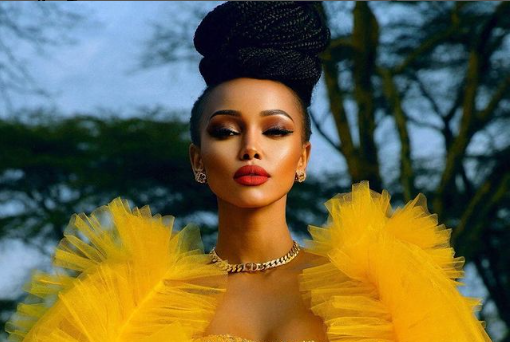Kenyan socialite and entrepreneur Huddah Monroe has stirred fresh controversy after claiming that some of the country’s wealthy elite, including politicians, dress “like they are sinking in poverty.”
In a series of Instagram Stories, Huddah argued that there is a glaring disconnect between the financial status of certain high-profile Kenyans and their personal style. According to her, while they may command significant wealth, their clothing choices often appear plain and uninspired far from the polished image she believes affluence should project.
“I don’t understand how some rich people in Kenya dress,” she posted. “It’s like they are allergic to looking good. You have the money why look broke?” Her remarks appeared to critique a conservative, understated approach to fashion, which she interpreted as neglect rather than intentional minimalism.
The comments quickly went viral, triggering heated discussions on social media. Supporters of Huddah’s view argued that wealth should be reflected not only in assets but also in personal presentation. They felt that dressing sharply communicates confidence, power, and success qualities they believe leaders and business figures should embody.
On the other hand, critics accused Huddah of being out of touch with the nuances of style and wealth. They pointed out that many ultra-wealthy individuals globally prefer understated elegance, valuing comfort and subtlety over ostentation. Some argued that “quiet luxury” is a sign of seasoned wealth, whereas flashy attire often signals “new money” eager to display its gains.
The debate has underscored broader questions about Kenya’s social class dynamics, cultural perceptions of wealth, and evolving fashion norms. While some see fashion as a tool for asserting one’s place in society, others view it as a personal choice, detached from financial status.
Huddah is no stranger to sparking public conversations on lifestyle and image, and her latest remarks have again placed her at the center of a cultural discussion. Whether one agrees with her or not, the exchange highlights a truth about modern Kenya: in an age of social media visibility, what people wear is as likely to make headlines as what they say or do.

